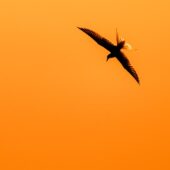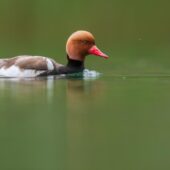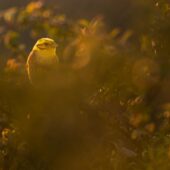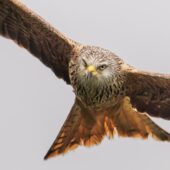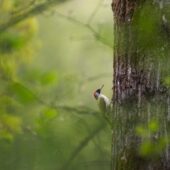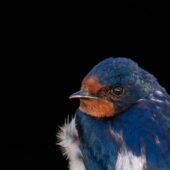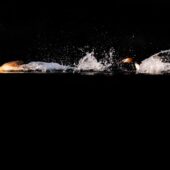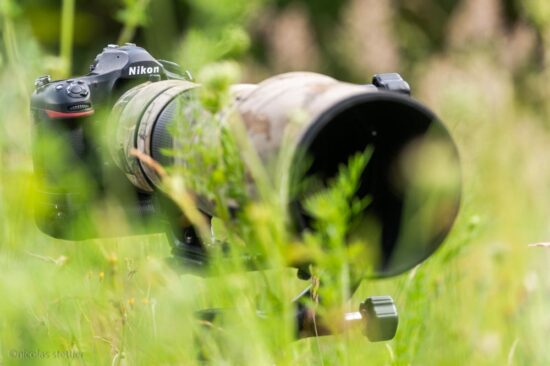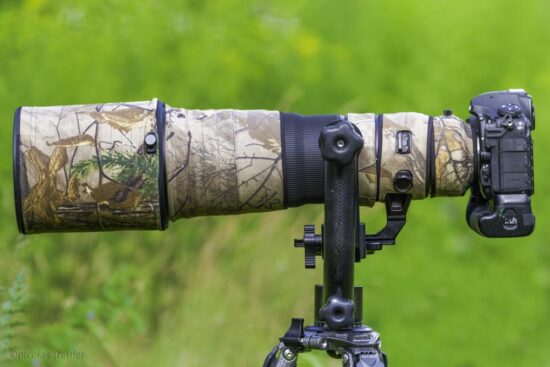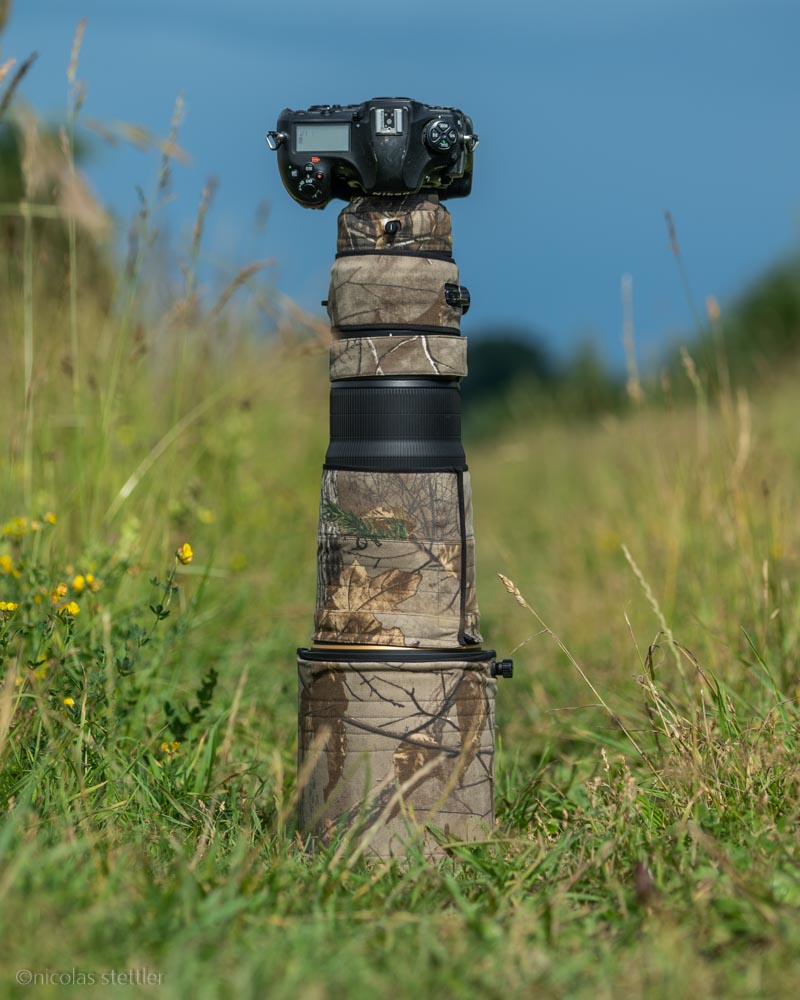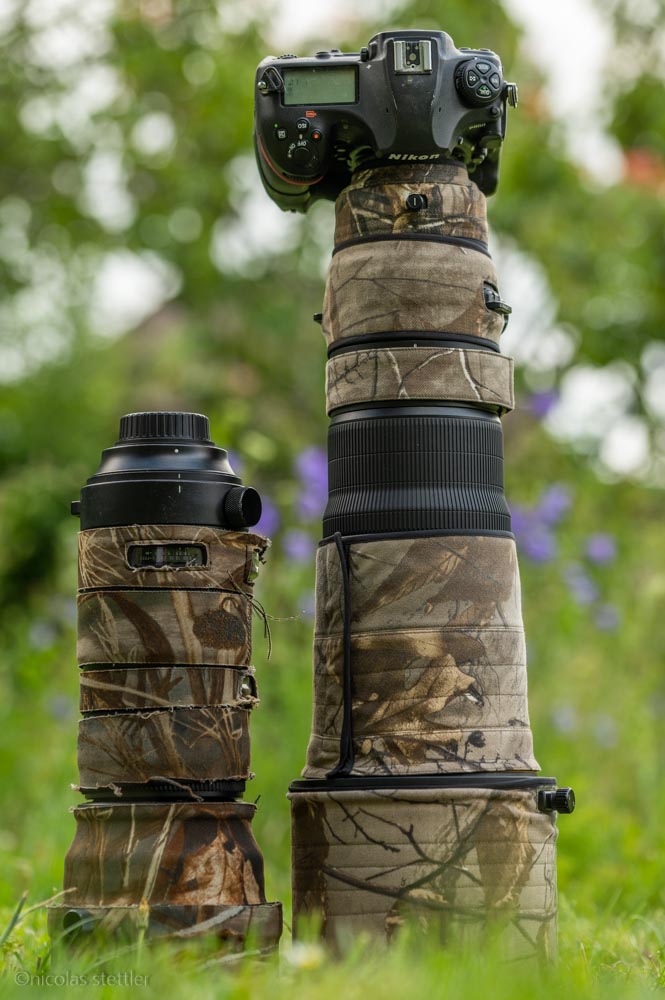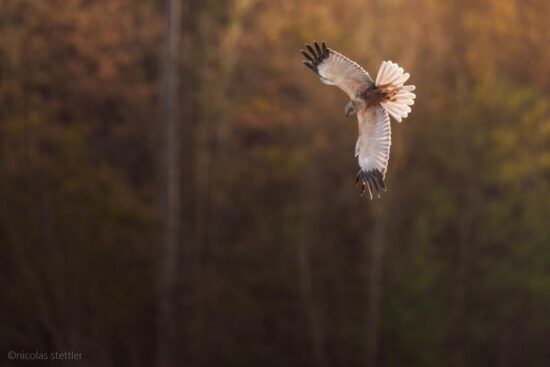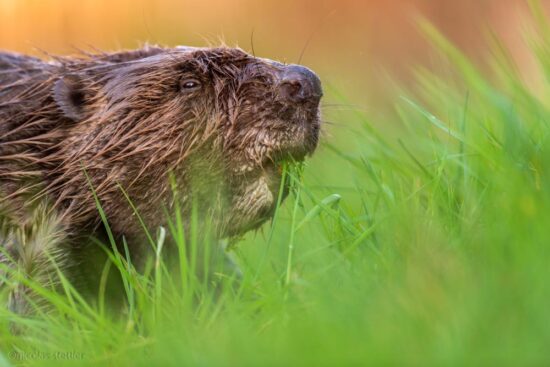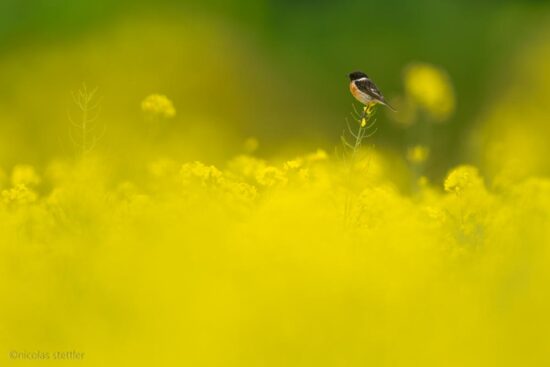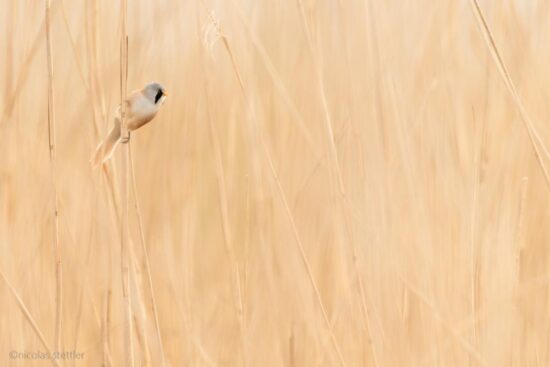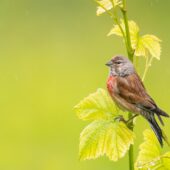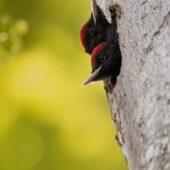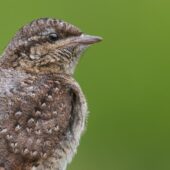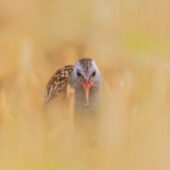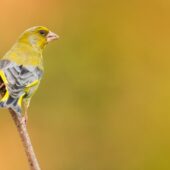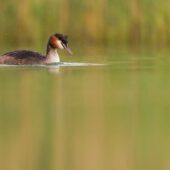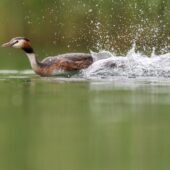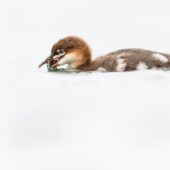Nicolas Stettler (www.nicolas-stettler.ch, Instagram) is a 17 years old wildlife photographer from Switzerland. He bought the Nikon AF-S NIKKOR 500mm f/4E FL ED VR lens and sent me this article where he compares it to his older lens:
Nikon AF-S NIKKOR 500mm f/4E FL ED VR lens review: after 3 months of use
How and where I bought the lens
I recently fulfilled a long-lasting dream of buying a better tele lens. I originally intended to buy a second-hand 500mm G, the older version. When the lens finally arrived, the AF made some very weird noises. While it could have been because the lens wasn’t used for a long time, it could have also been damaged during transportation. Either way, the noise maybe would have gone away with using it for a bit. While this could have solved the issue, using it more could have also damaged the AF completely. Repairing it would have cost a lot of money as the guarantee had already expired.
When contacting the dealer, he informed me, that he also had the newer version, the E version of the lens for sale. The newer version was even more expensive. But considering I might have needed to pay the same amount for a repair of the older lens, I decided on buying the newer version in the end.
The lens had no signs of wear whatsoever. The lens came together with a solid case, a strap, and a lens cover. The Lens cover is not from Lenscoat though, but instead from Rolanpro. While it has some significant advantages to the Lenscoat, it has also some major drawbacks. Because the edges of the Lenscoat aren’t sewed, the Lenscoat tends to fray after a couple of years. On the Rolanpro, the edges are sewed and shouldn’t start to fray. But because the Rolanpro uses normal, inelastic fabric and not neoprene, it’s wrapped around the lens and held together with Velcro. To make sure that the cover stays in place, you have to tighten the fabric by so much, that the fabric overlaps by a bit. This can result in the adherence of multiple pieces. This is especially painful at the focus ring. When you never use manual focus, this is not a problem at all. If I want to film and use the manual focus ring, I always remove this piece.
AF fine-tuning
As with all new lenses, the first thing to do is to fine-tune the AF. While the D850 could do it automatically I did id manually for this lens. I ended up at a setting of +4. To help me, finding the right settings, I used a LensAlign. While the lens seems to be calibrated quite well now, I preferred the calibration options of my old Sigma lens. This allowed me to set corrections for different distances. With the Nikon, you are only able to set one global setting for the lens.
First tries
After calibrating the lens, I had to immediately try it out. While unfortunately, wildlife was only scarce on this evening, I managed to get one good image of a marsh harrier. Especially the AF felt immediately better compared to my old lens. The sharpness was a lot better too, but more on that later.
Quality vs my old lens
Before I bought the 500mm f/4 I used a Sigma 150-600 f/5-6.3 Sports. Even though it is a bit silly to compare two lenses with a totally different price point, I think that it might be quite interesting for some photographers who also consider upgrading their lens. Before I bought the Nikon 500mm, I used the Sigma 150-600 f/5-6.3 Sports. I bought this lens second hand too. I’ve used the lens for over 4.5 years and over the time it took some beating. I’ve used it during severe storms on beaches and other dirty and rough environments. During this time I never had any problems with the lens and other than a few scratches on the housing it still works like on the first day. So why did I even switch to a new lens?
AF Speed
The biggest weakness of the Sigma was it’s AF. Even paired with the very fast AF of the D850 it is veeery slow. Sharp images of flying birds are almost impossible. To add to that, it is also pretty inaccurate, especially in low light. This also because of the not so fast aperture. With the widest aperture at 600mm of f/6.3, it doesn’t let in a lot of light for the AF.
Because of the aperture, the AF points of the D850 are very limited and only the center point is more or less reliable.
With the 500mm f/4, the AF is instead extremely fast. It acquires focus very fast and focus hunting happens only very rarely and mostly with very small subjects. Thanks to the f/4 more of the AF sensors are cross-type which allows me to use focus points that are on the right or left side. This is extremely helpful with birds that fill the frame. Then I can move the focus point to the eye while maintaining the composition.
What I found though is that focus gets quite a lot slower when focusing on very close objects. Another inconvenience and probably the only disadvantage of the 500mm is the minimum focus distance. The Nikon has a minimum focus distance of 3,6 m while the Sigma can focus up to 2,6 m. While most of the time minimum focus distances aren’t a problem for a wildlife photographer, I’ve already had multiple occasions, where that extra meter would have made a big difference.
Sharpness
Like one could expect, the 500mm is quite a bit sharper than the Sigma. This was to be expected as primes, in general, are sharper than zoom lenses. Because of the faster aperture, I even have two stops of light extra that I can spare in ISO sensitivity. This allows me to get an even better image quality.
Bokeh
Even though the focal length of Nikon is 100mm shorter than the Sigma, the Bokeh is much smoother and cleaner than the bokeh of the Sigma. Therefore, the background separation is better as well. For reference, I used the DOF Calculator of http://www.dofmaster.com/dofjs.html. While the difference, in theory, is only small. For example at 20 m, the difference of 0.04 m of shallower depth of field does make a bit of a difference. Especially because I get a slightly better background separation with the ability to include more environment into the image.
600mm f/6.3
- Hyperfocal distance 1890.48 m
- Hyperfocal near limit 945.24 m
- DoF near limit 19.8 m
- DoF far limit 20.21 m
- Depth of field 0.41 m
- Depth of field in front 0.2 m (49.49%)
- Depth of field behind 0.21 m (50.51%)
500mm f/4
- Hyperfocal distance 2083.83 m
- Hyperfocal near limit 1041.92 m
- DoF near limit 19.81 m
- DoF far limit 20.19 m
- Depth of field 0.37 m
- Depth of field in front 0.19 m (49.53%)
- Depth of field behind 0.19 m (50.47%)
VR
Before I bought the lens, I read in multiple reviews that tripods or monopods are necessary for getting sharp images. While this might be theoretically true a disagree for the most part. Although a tripod adds a lot of stability, it also limits you a lot. For example, peeking through leaves to get a nice frame around the bird is very time consuming with a tripod. Until you adjusted the tripod the right way, the bird is already gone. You also cannot easily adjust your positioning to get a better background.
If you have an entire setup with a perch and you are in a hide a tripod is much more useful. For example, if I wait for hours for a bearded vulture to fly along the ridge, I have my camera set up on a tripod as well. If I am out in the forest or in the reeds, looking for songbirds I leave my tripod at home. While especially in the forest, the light is very limited handheld images are still possible. The VR in this lens allowed me to get sharp images of about 1/80th. Especially with songbirds, this is only theoretically possible as most of them are too active to get sharp images with a 1/80th. Thanks to the newer cameras you can easily bump up the ISO a bit.
What I also found is that switching the VR mode from Normal to Sport can be very helpful especially when photographing moving birds like ducks or birds of prey. The lens then allows movement in a single direction.
500mm vs 600mm
While most of the time in wildlife photography, the focal length can never be long enough, for me 500mm is more than enough. It allows me to include more of the environment. If needed the D850 also allows me to crop in a little bit if needed. Also, the 500mm is quite a bit lighter than either version of the 600mm f/4. If really needed the 500mm f/4 should also work pretty well with teleconverters. I myself don’t own any TC’s so I have yet to try one.
Conclusion
While the 500mm F/4 is a very expensive and heavy lens, I am more than happy with my choice. It allowed me to get images that I wouldn’t have gotten with my old lens. Concerning the quality there is nothing to complain about. The only things that could be improved are the minimum focus distance, the AF speed at close range, the focus fine-tuning. While the AF tuning worked fine, the Sigma Lens calibration was much more in-depth. For me personally, I would have also liked that the lens foot would be Arca Swiss compatible (like on the new Sigma 60-600 Sport). I, therefore, replaced the lens foot with the Wimberley AP-551.
Images of the first months
If you have an interesting idea for a guest post, you can contact me here. Previous Nikon AF-S NIKKOR 500mm f/4E FL ED VR lens reviews of the lens can be found here. The lens is currently in stock at Adorama, Amazon and B&H.
